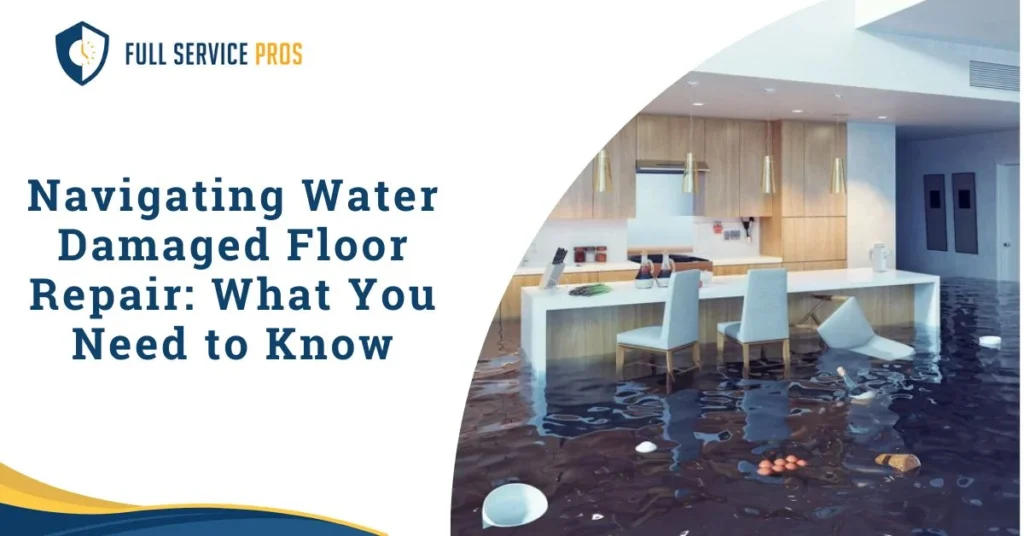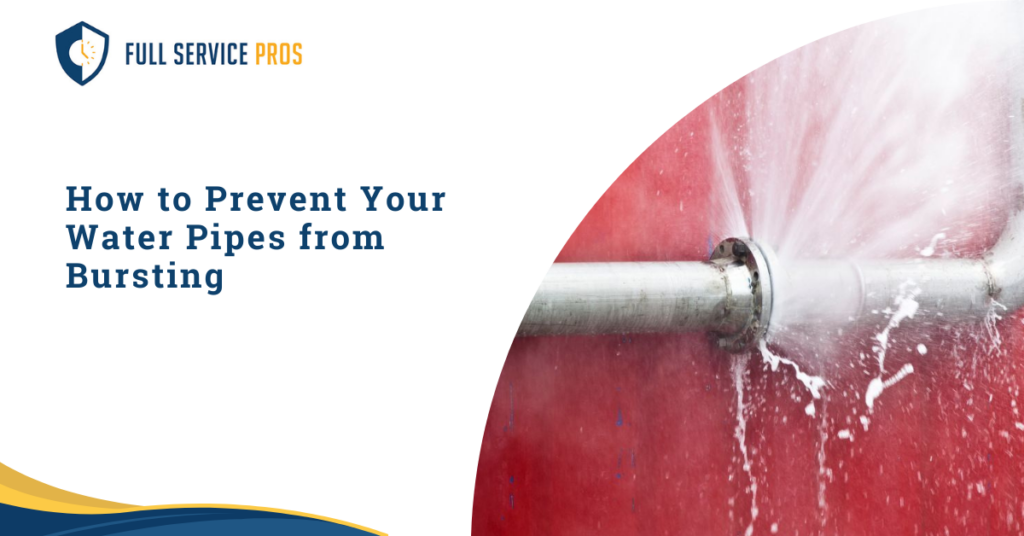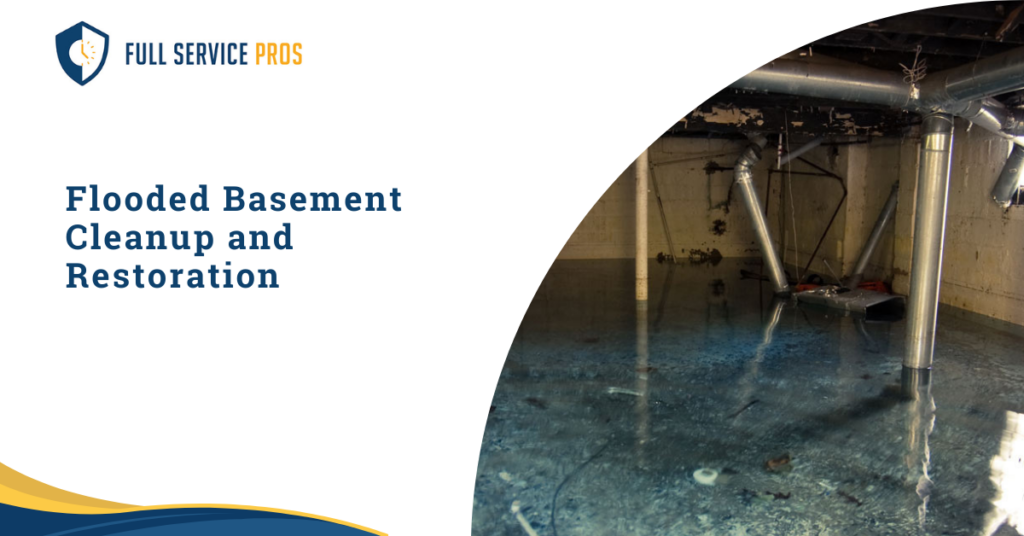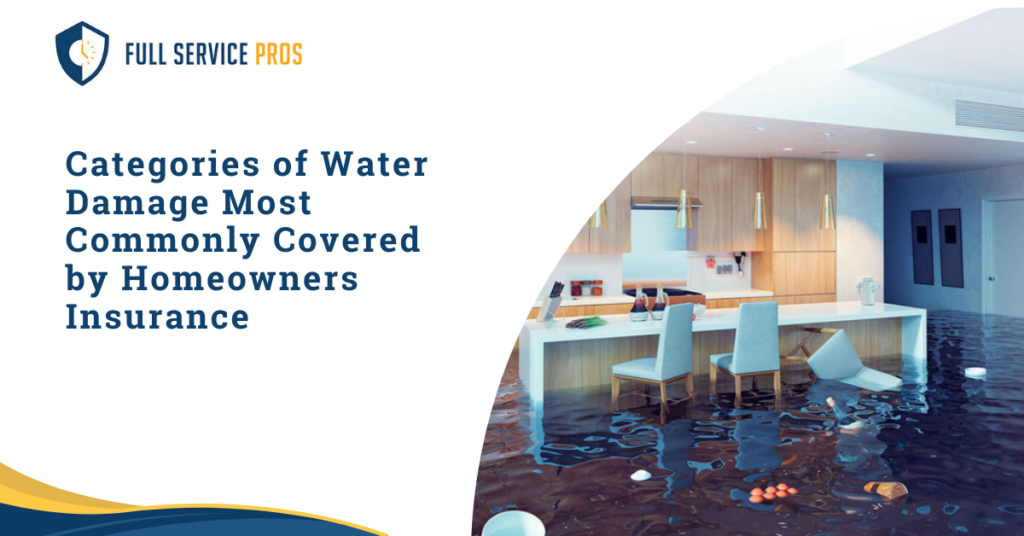Dealing with water damage in commercial buildings can be tough. It can weaken the structure and even cause health problems. But don’t worry we’ve got you covered. Let’s explore how to fix water-damaged floor repair, restore your commercial space, and clean up the mess. So let’s dive in and learn how to handle these challenges step by step. In this blog we will explore what is water damage floor repair and why it’s essential.
What is water damaged floor repair and why is it essential?
Fixing Water Damaged Floor Repairs means repairing the flooring materials damaged by water. It could happen because of floods, leaks or pipes bursting. Acting fast for water damage floor repair is important to stop more damage and keep people safe. Pros who fix commercial water damage use special methods and tools to make the floors as good as new quickly and well.
Why is it Essential?
Preventing Further Damage
Water is like a sneaky intruder. When it seeps into floors, it can make them bend, puff up, or even crack open. If we don’t act quickly, this damage can spread like a stain and make the building weaker. Fixing it fast stops it from worsening and saves us from bigger problems later.
Preventing Mold and Mildew
Imagine if your floor stays wet for a long time like a soggy sponge. That’s the perfect home for mold and mildew to throw a party. These little troublemakers wreck the floor even more and send out tiny spores that can make people sick. Fixing the water damage stops their party and keeps the air in our home clean and healthy.
Keeping the Air Clean
Wet floors can make the air smell yucky and release stuff that’s not good for breathing. Think of it like a stinky cloud hanging around our home. Fixing the damage helps clear the air and make it safe to breathe again so nobody feels sick.
Restoring the Appearance
Water can be a real artist when it comes to messing up floors. It leaves behind marks and changes the color making the floor look like it’s having a bad hair day. But water damaged floor repair can fix the damage by giving the floor a makeover: it brings back its original beauty and makes the place look nice again. That’s important because it keeps our home looking good and valuable.
Ensuring Safety
Wet floors are like banana peels. They’re super slippery and can make us slip and slide like in a cartoon. But unlike cartoons, slipping on wet floors can lead to real injuries. Fixing the damage ensures our floors are safe to walk on so we don’t take a tumble. Plus, strong floors mean we don’t have to worry about them breaking and causing accidents, keeping everyone safe and sound.
Strategies for Commercial Water Damage Restoration
Before exploring the strategies you may face with residential water damage restoration in an emergency you should know How to Tackle Residential Strategies For Water Damage Restoration in an emergency After assessing the extent of water damage restoration professionals develop a comprehensive plan tailored to the specific needs of the commercial property. This plan typically involves several key steps including:
1. Assessment and Documentation
First we need to check how much damage the water has caused. We take pictures and write down what we see to show the insurance company later.
2. Safety First
The most important thing is to make sure everyone is safe. If there’s any electricity around the water we turn it off. We wear protective gear like gloves and masks to protect ourselves from germs in the water.
3. Water Extraction
We use machines to suck up all the water that’s sitting on the floor after Commercial water damage cleanup. Then we use fans and special machines to dry everything out.
4. Moisture Detection
We use tools to determine if there’s still water hiding in places we can’t see. It’s important to remove all the water to prevent mold from growing.
5. Mold Remediation
If we find mold, we clean it up carefully to prevent its spread. We might have to remove items with too much mold.
6. Structural Drying
We keep using the fans and machines until everything is completely dry. This helps ensure the building’s strength and safety.
7. Content Restoration
We look at what’s been damaged and try to fix or Commercial Water Damage Restoration cleanup.
It is most important. Some things might need special cleaning to remove any germs or mold.
8. Repair and Reconstruction
We fix anything that gets damaged, such as walls or floors. We also make sure everything is safe and follows the rules.
9. HVAC System Inspection and Cleaning
We check the heating and cooling systems to ensure they’re not broken. If they are, we clean them up so they work well again.
10. Final Inspection and Testing
Once we’re done, we check everything one more time to make sure it’s all good. We test the air and look for any wet spots.
11. Communication and Documentation
We talk to the people who own the building and the insurance company to let them know what’s happening. We keep records of everything we do so we can show them later.
12. Preventative Measures
To prevent this from happening again, we might suggest fixing pipes or adding pumps to keep water out. Regular checks can help catch problems early.
When fixing water damage in commercial spaces it’s essential to get help from experts in Home Restoration Services. Full service pros experts know exactly what to do to clean up the mess, dry everything out and make sure your building is safe again. By working with them you can get your property back in shape quickly and without hassle. So if you’re dealing with water damage don’t wait to reach out to home restoration services for the help you need.
FAQs
The time it takes to fix water-damaged floors varies. If the damage is minor, it might only take a few days. But if it’s severe, it could take weeks or even months to fix fully.
Warped or buckled floors, discolored or stained spots, foul odors, and visible mold or mildew state water damage in commercial buildings. Dealing with these signs promptly is crucial to prevent further damage and ensure the safety of occupants.
While you can’t completely stop water damage, there are things you can do to lower the chances. Regularly check and fix any problems with the plumbing, like leaks or drips. You can also install systems that detect and stop floods and make sure water drains away from the building properly.








